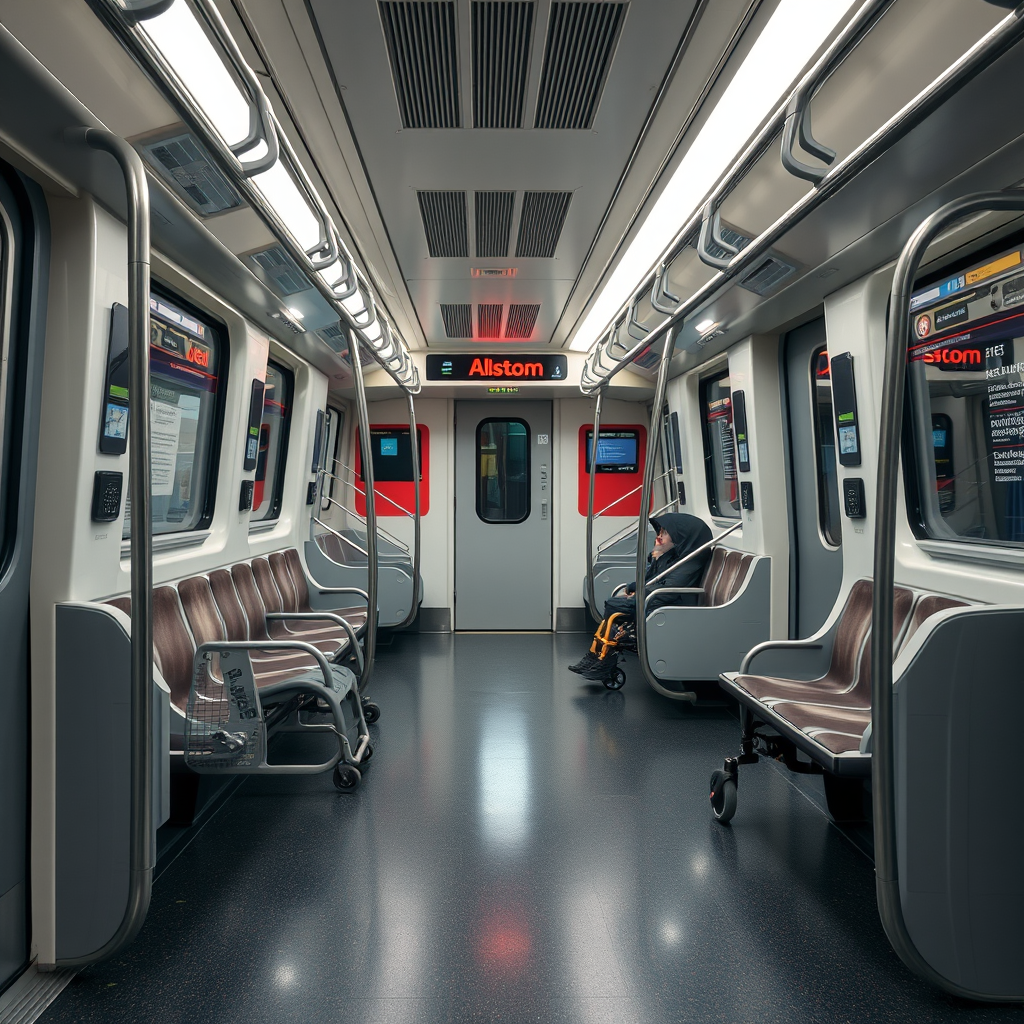Harsco Rail’s MTA Contract: NYC Subway Upgrades
Harsco Rail’s $40 million contract with the MTA delivers 65 crucial flat cars to the NYC subway. Discover how this project improves efficiency and strengthens Harsco Rail’s position in the rail industry!

Harsco Rail’s Contract with the MTA: A Case Study in Railcar Manufacturing and Delivery
This article examines the significant contract awarded to Harsco Rail by the Metropolitan Transportation Authority (MTA) for the construction and delivery of 65 flat cars for New York City Transit’s subway system. This contract, valued at approximately $40 million, highlights several key aspects of the modern rail industry: the complexities of large-scale railcar manufacturing, the logistical challenges of timely delivery within a densely populated urban environment, and the crucial role of specialized rail equipment in improving overall transit performance and passenger experience. We will delve into the specifics of the contract, analyzing the production timeline, the anticipated impact on the NYC subway system, and the broader implications for Harsco Rail’s business strategy and market position. The analysis will consider the unique challenges posed by delivering such a large order to a system as extensive and vital as the New York City Subway, a transit system boasting more stations than any other in the world, serving over one billion riders annually.
Contract Details and Timeline
Harsco Rail’s contract with the MTA encompasses the design, manufacturing, and delivery of 65 flat cars. The seven-year timeframe for completion, with an initial delivery slated for July of the following year, followed by a consistent two-car-per-month delivery schedule until 2021, illustrates the significant manufacturing capacity and logistical planning required to meet the MTA’s needs. This phased delivery strategy minimizes disruption to the existing subway operations while allowing for incremental improvements in capacity and operational efficiency. The precise specifications of the flat cars (dimensions, weight capacity, material composition, etc.) are not publicly available, but are tailored to the specific requirements of the NYC Transit system, likely incorporating features designed to improve compatibility with existing infrastructure and operational procedures.
Impact on the NYC Subway System
The addition of these 65 flat cars is anticipated to significantly enhance the performance and reliability of the New York City subway system. Flat cars, typically used for transporting heavy equipment or materials, are versatile and can be adapted for various applications within a transit system. In this context, their deployment likely supports maintenance, repair, and overhaul operations. Improved efficiency in these areas translates directly to better service reliability, reduced delays, and ultimately, a smoother and more comfortable journey for commuters. The implementation of these flat cars represents a proactive investment in long-term infrastructure improvement and reflects a commitment to enhancing the overall rider experience.
Harsco Rail’s Strategic Positioning
Securing this substantial contract strengthens Harsco Rail’s position as a leading provider of rail-related equipment and services. This project adds to their portfolio of international projects, including precision rail grinding equipment for high-speed rail lines in Saudi Arabia and on-track measuring vehicles for South Africa, demonstrating a diverse range of capabilities and a global reach. The MTA contract underlines their expertise in large-scale manufacturing, project management, and their ability to meet the stringent requirements of major transit authorities. The success of this project will serve as a strong reference for future bids, enhancing their credibility and market competitiveness.
Broader Implications for the Rail Industry
This contract illustrates a trend in the rail industry towards modernization and investment in infrastructure improvements. Transit agencies worldwide are increasingly prioritizing initiatives to improve efficiency, reliability, and passenger satisfaction. The substantial financial commitment by the MTA reflects the crucial role of efficient public transportation in supporting economic growth and improving the quality of life in major urban centers. This contract, therefore, stands as a case study of the synergistic relationship between public investment and private sector innovation in advancing rail technology and infrastructure.
Conclusion
The Harsco Rail contract with the MTA for the delivery of 65 flat cars represents a significant development in the New York City subway system’s modernization efforts and underscores Harsco Rail’s capabilities in railcar manufacturing and delivery. The multi-year contract, with its phased delivery schedule, showcases the intricate planning and execution necessary for projects of this scale within a dynamic urban environment. The strategic importance of this contract for Harsco Rail cannot be overstated; it solidifies their position in the market and serves as a testament to their technical expertise and project management skills. The anticipated improvements in subway operations and passenger experience highlight the positive impact of strategic investment in rail infrastructure and the crucial role of private sector partners in achieving ambitious public transportation goals. The success of this project will undoubtedly serve as a benchmark for future endeavors, further propelling advancements in rail technology and urban transportation efficiency. The project’s success will rely on not only timely delivery but also the seamless integration of the new flat cars into the existing system, requiring rigorous testing and coordination with MTA operations personnel. The long-term implications extend beyond the immediate impact on the New York City Subway, setting a precedent for future contracts and highlighting the vital role of robust rail infrastructure in supporting economic growth and improved quality of life in major metropolitan areas globally. This contract exemplifies a crucial partnership between a public transit authority and a private sector company, fostering innovation and efficient resource allocation to improve the overall efficiency and performance of the vital New York City subway system.



